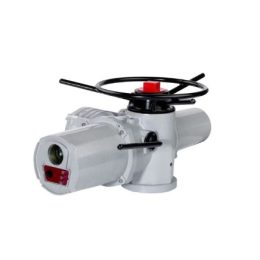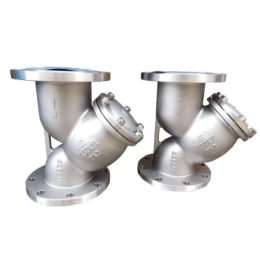Ball Valve Pressure Limitation And Troubleshooting Methods
The maximum allowable operating pressure of the ball valve can be found on the nameplate at both minimum and maximum operating temperatures. PTFE or RTFE seats and seals are typically used, but for other types of seats and seals, it is important to check with the KI factory for the operating temperature.
The nominal pressure rating (PN) of the valve shows the maximum working pressure of the valve under normal temperature conditions. For example, PN4.0 indicates that the maximum working pressure at an operating temperature of -190C~380C is 40 Bar (4.0MPa). Refer to the corresponding instructions for precautions of electric or pneumatic actuators.
Ball Valve Troubleshooting
When the ball valve has been scoured by the material for an extended period of time, it can cause friction and severe impact and wear, leading to production issues and a shortened equipment lifespan.
To combat wear and tear, modern ball valves use wear-resistant materials such as ceramic or polymer composites. These materials have superior adhesion and wear resistance properties, solving the issue of frequent metal wear and ensuring normal production.
Additionally, the unique ceramic material and special surface strengthening agent in the material makes it better than any steel or even ceramic tile in wear resistance and physical impact resistance in the harshest dry grinding environments. This material is also ideal for coal deposits due to its incompatibility with coal.
If the ball valve is not operating as expected, it is important to troubleshoot the issue to identify the root cause. Some common issues that may arise include leakage, difficulty turning the valve, or the valve being stuck in a partially open or closed position.
To troubleshoot these issues, it is important to first identify the type of ball valve being used and then follow the appropriate troubleshooting steps. For example, if the valve is leaking, it may be due to a damaged seal or seat. In this case, the seal or seat would need to be replaced to resolve the issue.
It is also important to regularly inspect and maintain the ball valve to ensure it is operating at peak performance. This includes checking for any signs of wear or damage, lubricating the valve components, and ensuring that the valve is properly aligned and secured.
By following these troubleshooting and maintenance steps, the ball valve can continue to operate efficiently and effectively, ensuring smooth production processes and a longer equipment lifespan.
- Talking about the future development of electric valves
- “Ensuring Industrial Safety and Performance with Actuator Valve Testing Methods”
- Wafer Check Valve
- Casted Floating Ball Valve
- Cryogenic Gate Valve
- “Overview of Wedge Gate Valves: Components, Working Principle, Types, Applications, and Maintenance”



